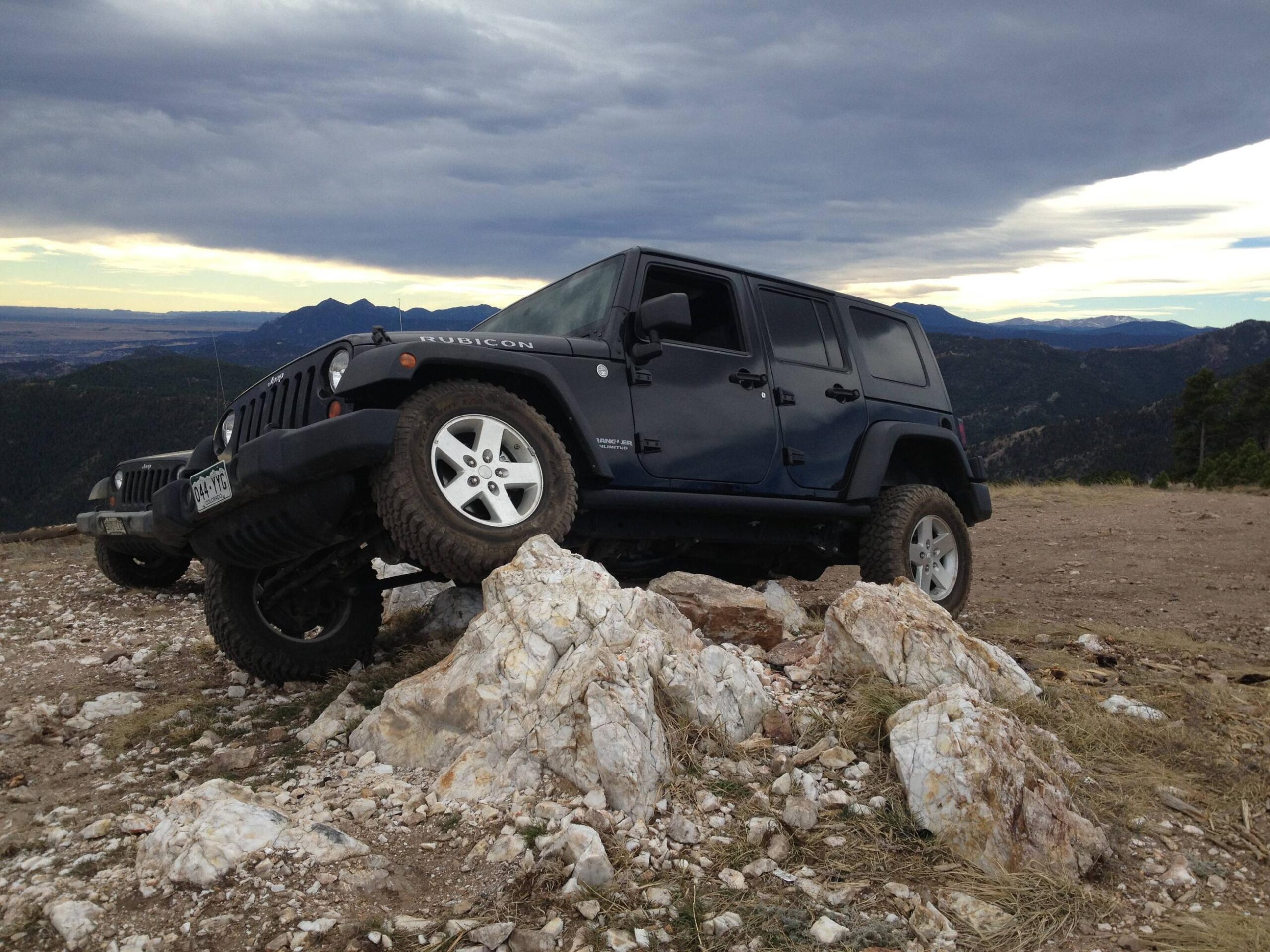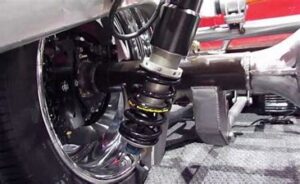The Off-road adventures with your dependable Jeep JK are thrilling, but getting the lift adjustment just right for your car might be a bit of a conundrum. Lift measurement, which measures the vertical distance between the chassis and the axle and is essential for navigating difficult terrain while maintaining stability, is similar to determining whether your Jeep is ready for off-road excursions. Think of your Jeep JK as a marathon-ready athlete, and compare its lift to the ideal set of running shoes. If it is too high, it may become unsteady and lose its equilibrium; if it is too low, it may trip over obstructions.
However, because of this, knowing how to measure lift on Jeep JK is crucial. The goal is to locate the “Goldilocks” zone, or the point at which your Jeep is comfortable traversing muddy routes, steep inclines, and rocky trails. We’ll demystify the technical language and simplify the process of measuring lift in this article. This guide will enable you to accurately measure and maximize your Jeep JK’s lift, making every off-road excursion an exhilarating and secure adventure regardless of your level of experience. Let’s get started and discover how to take your Jeep JK to whole new levels!
Table of Contents
Understanding What Does Measuring Lift On A Jeep JK Mean?
Determining the vertical distance between the Jeep JK’s axle (the shaft connecting the wheels) and chassis (the frame supporting the body) is the first step in measuring lift. To put it another way, it’s similar to measuring the distance between the ground and the bottom of your Jeep. Off-road aficionados should pay close attention to this measurement as it has a direct impact on the Jeep’s ability to handle difficult terrain. Think of the lift on your Jeep JK as its superhero cape, giving it the ground clearance and stability it needs to overcome obstacles like rocks, bumps, and uneven paths.
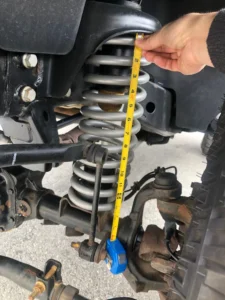
In essence, measuring lift helps you make sure your Jeep JK is at the ideal height for best off-road performance. While too much lift might interfere with stability and make your ride feel unsteady, too little lift can cause scraping and make it difficult to get over obstacles. Your Jeep JK can be customized to become the off-road superstar it was meant to be, capable of taking on any adventure with style and skill, by locating the sweet spot in lift measurement.
Common Causes Of Lift Issues On Your Jeep JK: Unraveling The Mystery
Before we delve into the specifics of how to measure lift on Jeep JK. Firstly, we’ll see its common causes and solutions in detail. To successfully navigate off-road obstacles, be sure your Jeep JK has the appropriate lift. Knowing the typical reasons for lift problems will help you find workable remedies if you’ve noticed any.
1. Unbalanced Weight Distribution:
Uneven weight distribution is a major contributor to lift issues. Imagine packing your Jeep to the gills with gear, extras, and perhaps even a spare tire without thinking about how it will impact balance. Uneven weight can disturb the balance of your Jeep, affecting its lift and making navigating uneven terrain more difficult.
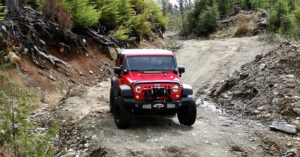
2. Used-Out Suspension Parts:
Older suspension parts are another source of lift problems. The shocks and springs that support the lift on your Jeep may deteriorate over time. Your Jeep may droop and lose lift and overall performance if these parts lose their bounce. Maintaining optimal lift can be facilitated by timely replacement of these parts and routine examination.
3. Unsuitable Alterations:
Lift problems can occasionally result from the very adjustments designed to increase your Jeep’s capabilities. Incorrect installation or the incorrect lift kit selection for your particular Jeep JK model can lead to incompatibilities or uneven lift. If you decide to modify your Jeep’s lift, make sure you follow the manufacturer’s instructions and conduct extensive research to be sure the changes help rather than hurt the lift.
Addressing The Lift Issues On Jeep JK
Take into consideration the following remedies to successfully address these prevalent causes:
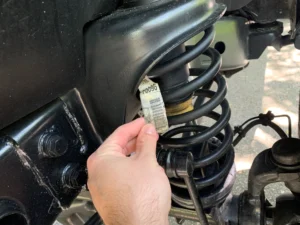
1. Weight Distribution In Balance:
Arrange your accessories and cargo in an even manner to encourage a balanced distribution of weight. Maintaining a stable lift can be greatly impacted by taking this small action.
2. Modernize The Suspension Parts:
To guarantee that your Jeep’s lift remains constant, check and replace worn-out springs and shocks regularly. Suspension parts of superior quality help provide a more comfortable ride and steady lift.
3. Selecting The Appropriate Lift Kit:
If you decide to modify your Jeep JK model, make sure the raise kit you purchase fits your vehicle. Carefully adhere to the installation guidelines to prevent problems and guarantee a suitable lift.
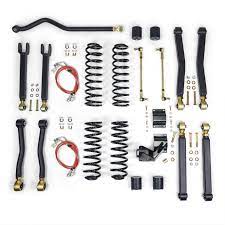
Therefore, you can easily maintain the ideal lift on your Jeep JK by taking care of these typical issues and putting these simple fixes into practice. It will be easier, safer, and more fun to go off-road if you keep these things in mind.
How To Measure Lift On Jeep JK?
Achieving the ideal lift is crucial for the off-road capabilities of your Jeep JK. The lift measurement, or the vertical distance between the axle and the chassis of your Jeep, is a crucial measurement to make sure your off-road experiences are smooth and clear of obstacles.
-
Knowing How To Measure Lift:
Although it may appear difficult, lift measurement is just determining how high your Jeep is off the ground. This distance counts since it influences how well your Jeep can handle varying terrain. Scratching the bottom on pebbles and bumps is a possibility if the lift is set too low. Your Jeep is more likely to go over if it is set too high because it will cause instability in your centre of gravity. A safe and fun off-road trip requires finding the correct balance.
-
Simple Steps To Measure Lift On Your Jeep JK:
To overcome off-road obstacles, make sure your Jeep JK has the appropriate lift. While measuring the lift may seem difficult, you can do it precisely and make any modifications by following these easy steps.
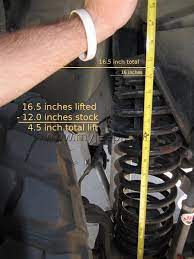
Typical Equipment You’ll Need:
- Measurement tape
- The level surface so that measurements are precise.
Step 1: Locate a Level Area
A level, smooth area is where you should park your Jeep JK. By doing this, you may be sure that the slope of the ground has no bearing on your measurements.
Step 2: Assessing The Chassis Height
The height of the highest point on your Jeep’s chassis can be measured from the ground using a measuring tape. Any elevated component that adds to the overall height could be the frame.
Step 3: Measure The Axle Height
Next, find the distance between one of your Jeep’s axle centres and the ground. To obtain an accurate measurement, make sure the tape measure is positioned vertically.
Step 4: Determine Lift
Deduct the axle height from the height of the chassis. The outcome is the measurement of your lift. Your lift would be 5 inches, for instance, if the axle height is 10 inches and the chassis height is 15 inches.
Therefore, you’ll gain a comprehensive understanding of how to measure lift on Jeep JK by learning these easy procedures. Maintaining the proper lift guarantees a stable and competent off-road experience, enabling you to confidently traverse a variety of terrains. Now grab your measuring tape, choose a level area, and get ready to take your off-road experiences to the next level!
Conclusion:
To sum up, we hope you’ve understood how to measure lift on Jeep JK. Remember determining your Jeep JK’s lift is essential to making sure it’s prepared for off-road excursions. You can optimize your car’s performance by knowing what causes lift problems and putting workable fixes in place. Don’t forget to modify your suspension parts, maintain an even weight distribution, and select the right lift kits. A correctly calibrated lift makes sure your Jeep JK can handle the rigours of off-road exploration, whether you’re travelling over difficult terrain or negotiating rocky paths. Thus, take precautions, deal with problems as soon as they arise, and relish the excitement of confidently and easily traversing a variety of terrain.
